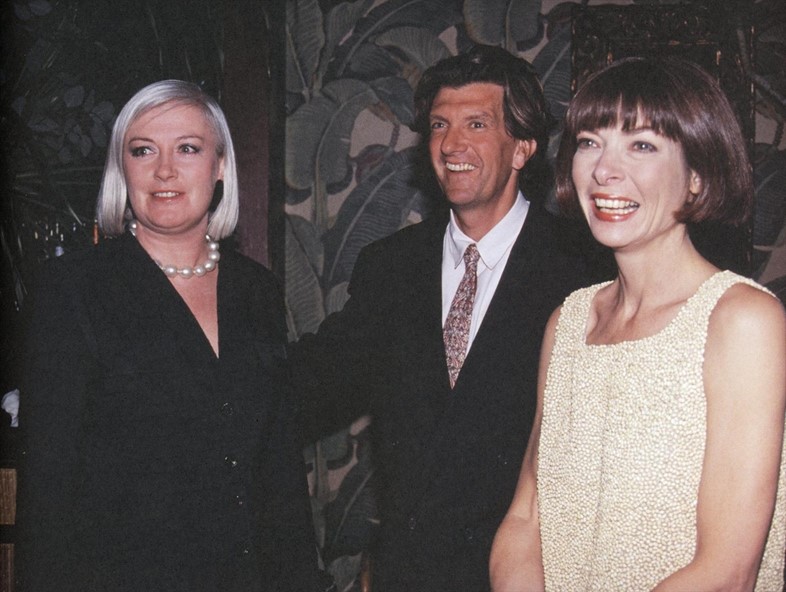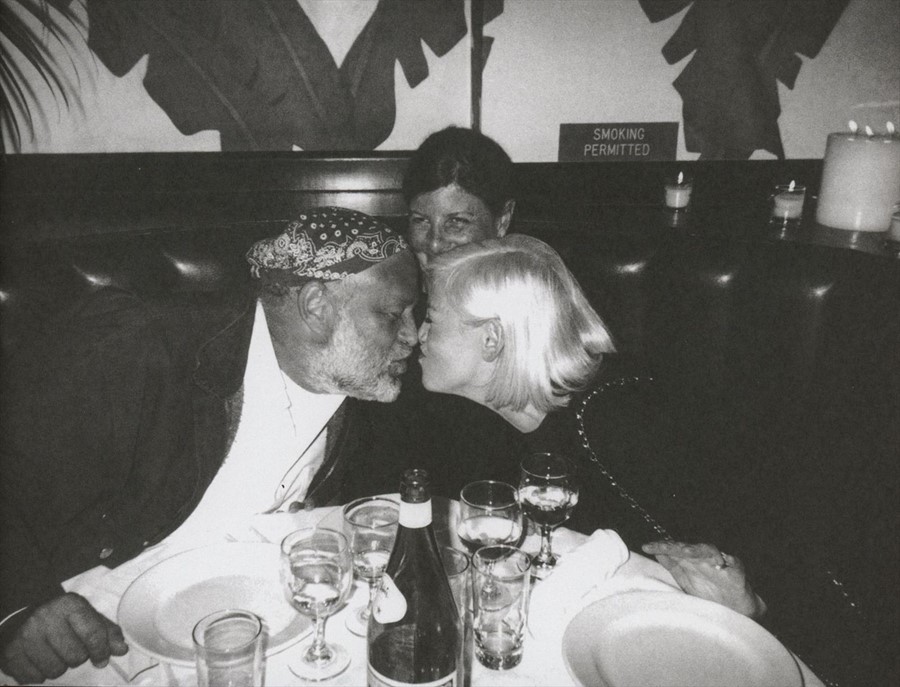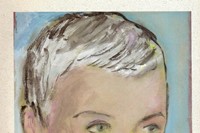With New York fashion week starting tomorrow, we remember one of its greatest characters, the legendary fashion editor Liz Tilberis
Wintour. Vreeland. Coddington. Women whose names stand as landmarks in the history of fashion; meticulous, imaginative and revolutionary in their recalibration of the magazine. Elizabeth Tilberis is another such name. She was a key figure throughout the '70s, '80s and '90s, rising through the ranks to become editor at British Vogue, before moving to New York in 1992 to transform the pages of Harper’s Bazaar.
Tilberis was noted for her shocking-white hair, which had lost its colour by thirty. She championed 1980s power-suiting, progressing naturally into the white-collar masculine tailoring of the 90s, and wore predominantly black. Her shoots tore up the Condé Nast rule book with a fresh, open approach to styling and photography. Like Diana Vreeland in the 1940s, she reinvented a tired magazine, pioneering a new style of fashion photography that championed free spirit and vitality, drafting in the likes of Patrick Demarchelier, Peter Lindbergh and Bruce Weber. For Bruce Weber’s first Harper’s Bazaar cover in 1980, the proofs returned with red lipstick filled in, as it was believed that a make-up free face must be a mistake.
"Tilberis reinvented Harper's Bazaar, pioneering a new style of fashion photography that championed free spirit and vitality"

Much of Tilberis’ life read like the tale of a particularly exuberant heroine from a novel. She was expelled from the fashion course at Leicester Polytechnical college after being caught with a man in her room, she later married her art tutor at Jacob Kramer Art College, Leeds and she counted Princess Diana and John F. Kennedy Jr as friends. But in 1993, Tilberis was diagnosed with stage III Ovarian Cancer, her battle with which would inspire her bestselling book No Time to Die. It was a masterpiece, eloquently detailing how she balanced the frivolity and glamour of the fashion world with the bitter uncertainty of a life with cancer. She wrote that at her most vulnerable, she was "reduced to an almost animal level of survival… all privacy and dignity gone, trying to hold on to something that represented the routine of life I'd taken for granted."Those who knew her paint a picture of a women who was ambitious and determined, but equally warm, good-humouroured and tremendous fun; who ended good days and bad days with a glass of Veuve Clicquot. In her later years, she would refer to this as a "chemo-cocktail." Over time, her famous white hair fell out and she donned a Joan of Arc-style wig made by a friend, which her sons nicknamed Larry. Despite extensive surgery, she died in April, 1999, and the July issue of Harper’s Bazaar was dedicated to her legacy, with heartfelt, illustrated messages from esteemed figures within the fashion world. “An inspiration to all who would be true to themselves,” wrote Cartier. “The essence of fun, good humour and irreverence of the best kind. Liz, we will miss you.”
Text by Mhairi Graham


